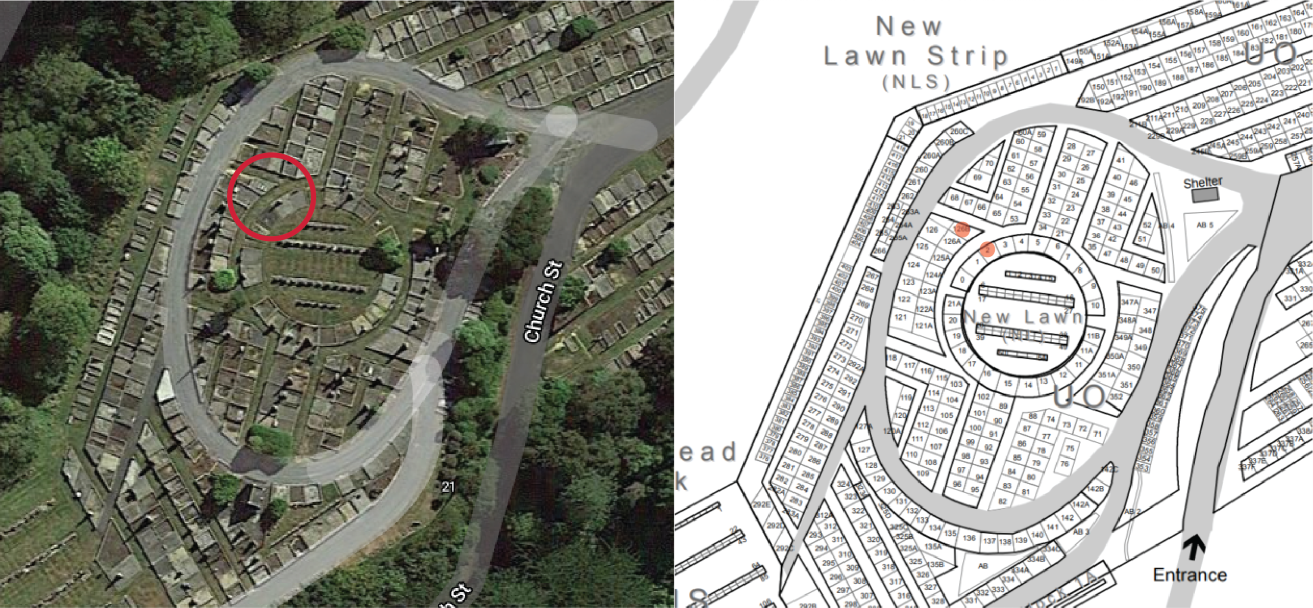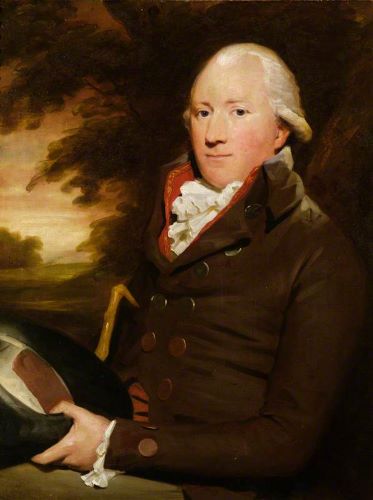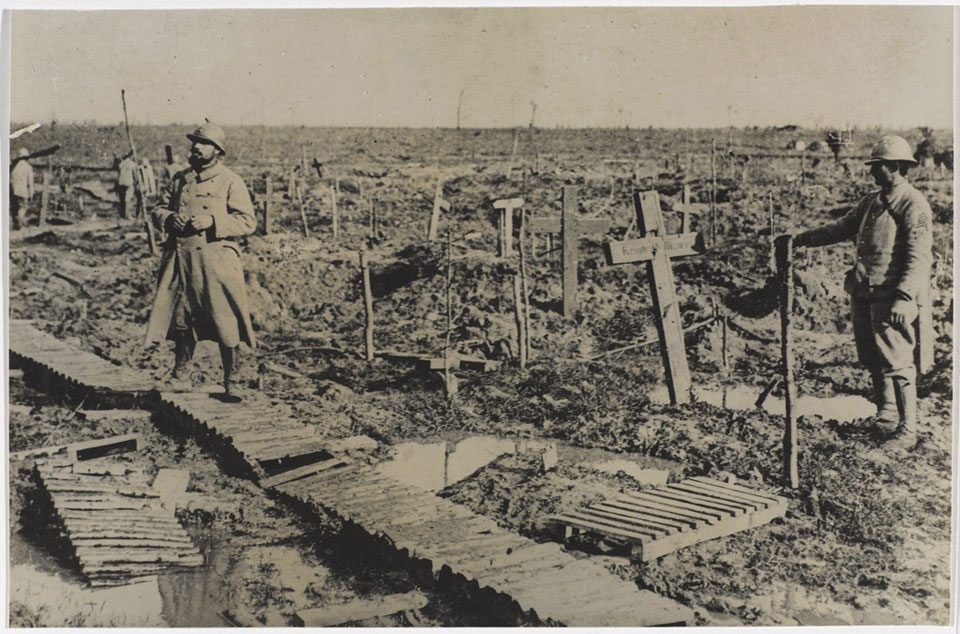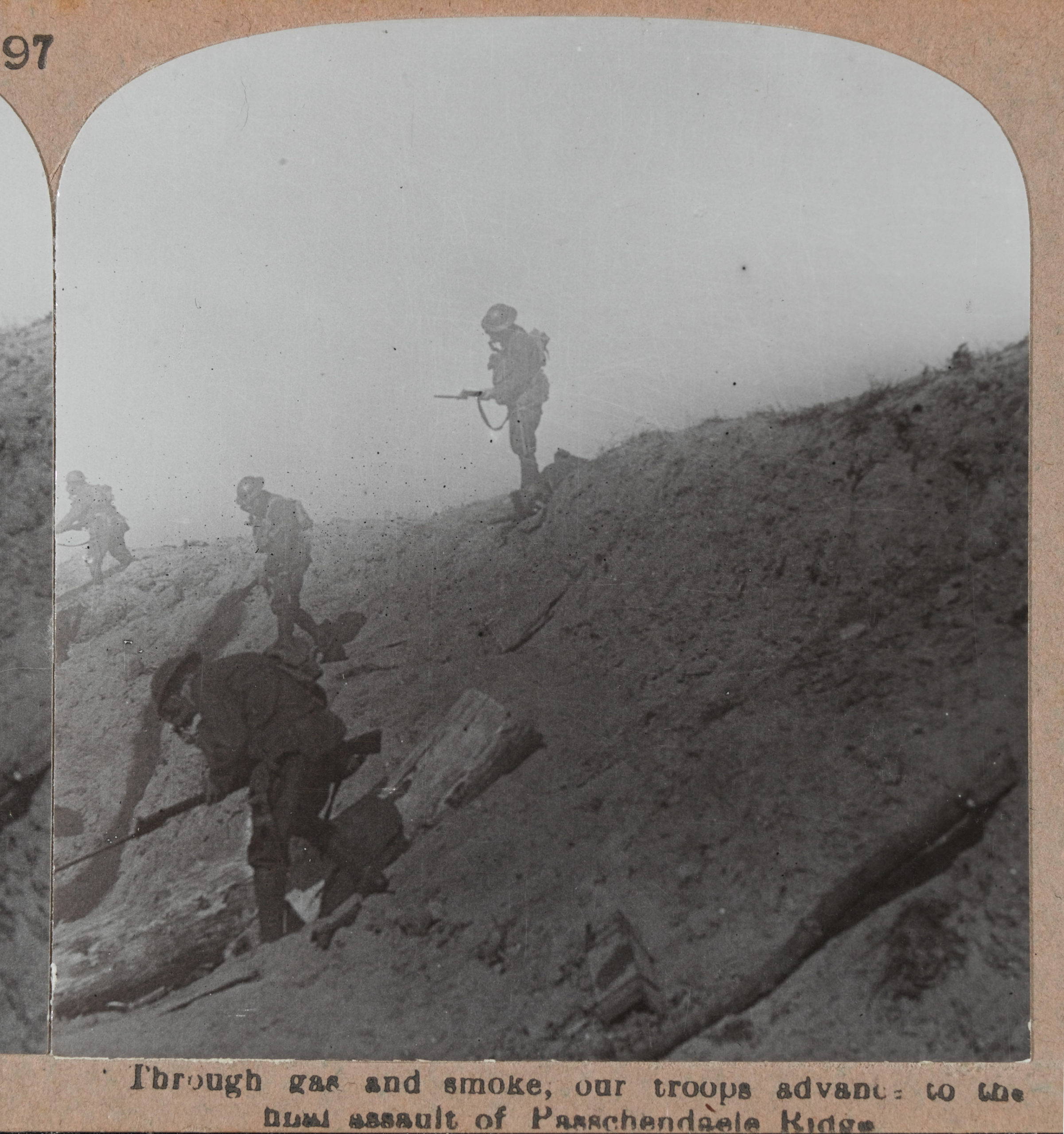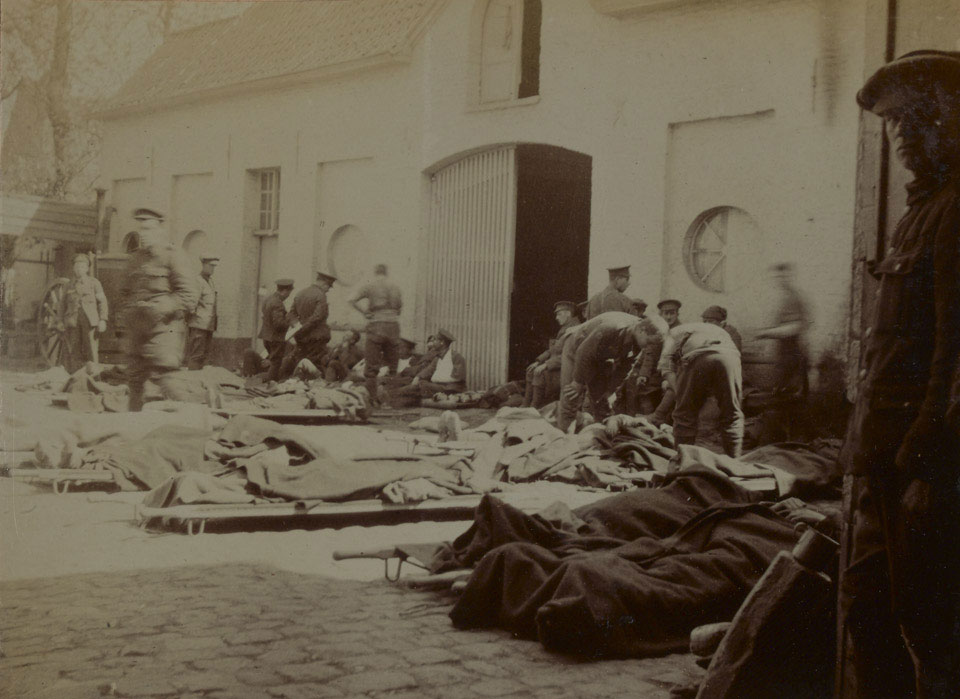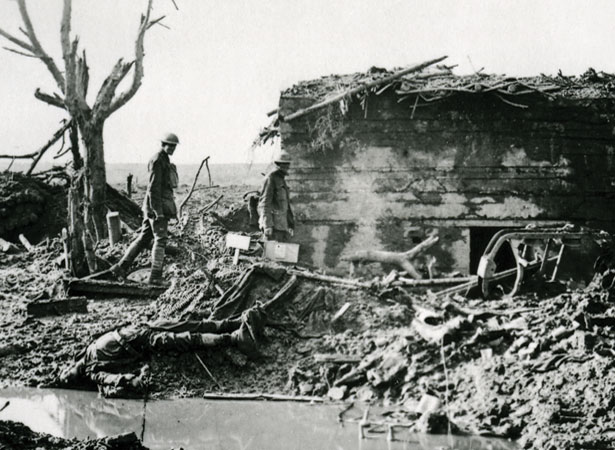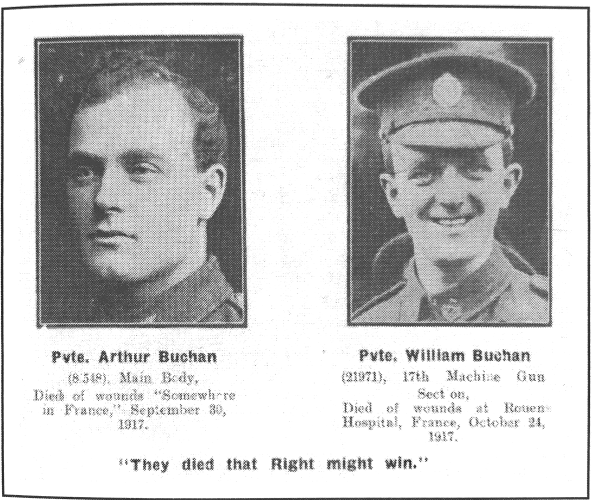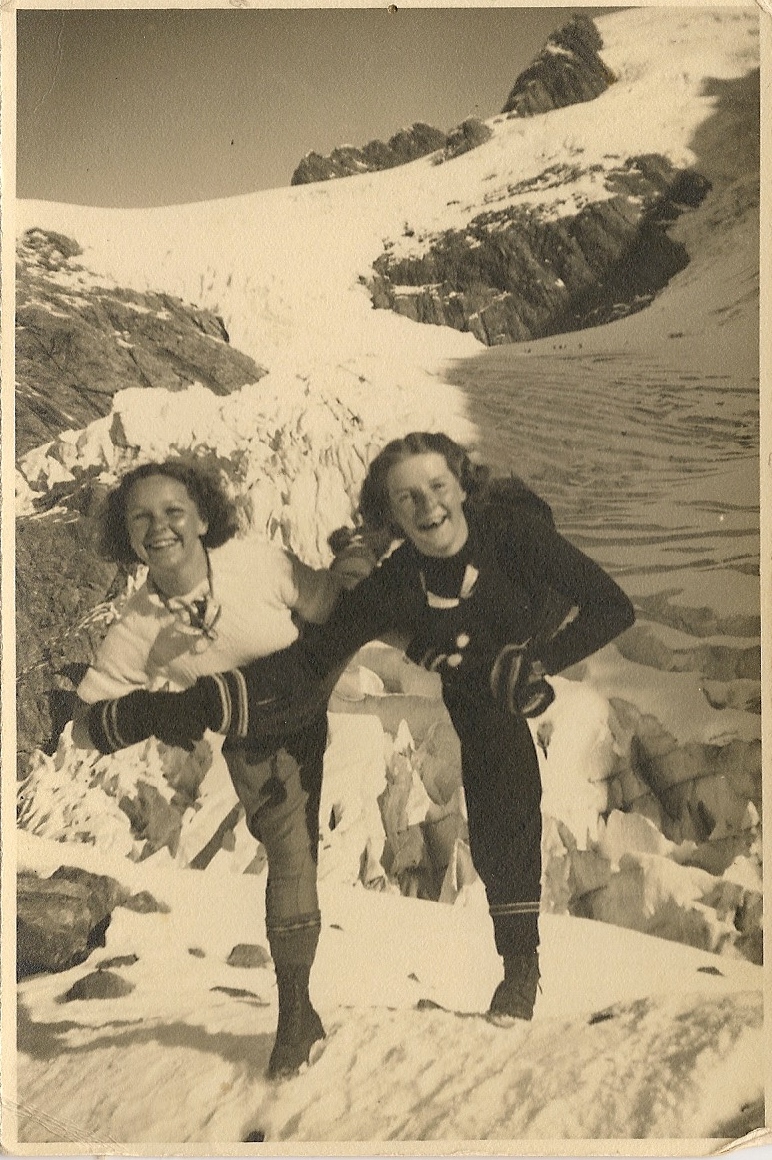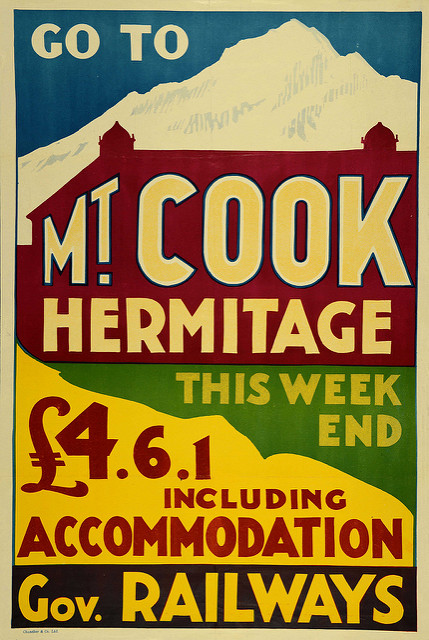In Port Chalmers Cemetery, there is a headstone for married couple, Alexander Ritchie Buchan & Agnes Buchan (nee Findlay) – but only one of them was actually buried in that grave (Block UO. Plot 126B).
There are also three other memorial plaques naming another four members of the family, but again, only one of those people were buried there. In fact, of the six people memorialised on this grave, only two were actually buried in Plot 126B; Agnes and her son (also named Alexander Ritchie). So where is Alexander?

It turns out, Alexander is not far away at all – he’s actually buried in the grave opposite.
When Alexander died suddenly of a heart attack in 1896, only a few years after emigrating to New Zealand from Scotland, his young family were left in ‘very poor circumstances’. [See the post Inquests and Articles for more information.] The burial register indicates that the Congregational Church and/or their minister, Reverend William M Grant, took pity on the family and allowed Alexander to be buried ‘in the ground belonging to the church’ (Block UO. Plot 2):
433.
BUCHAN Alexander Ritchie – Blk UO Plot 2 Class 1
Died 2 Dec 1896, aged 34 years, of failure of the heart, a fisherman. Resident of Mansford Town. Born Peterhead. Last came from Peterhead Scotland. Lived 3 years in province.
Buried with written consent of the Rev Wm M Grant Congregational Church, in the ground belonging to the Church.(Transcript of Burial Register, Port Chalmers New Cemetery, Dunedin, Otago, New Zealand (1881-1929), p34)
A year later, another man, Robert Jones, who presumably also died in poor circumstances, was buried in the same plot. This time the order was signed by Mr Robert Bauchop – who according to his own obituary, was a senior deacon of the church:
467.
JONES Robert – Blk UO Plot 2 Class 1
Died 17 Dec 1897, aged 77 years, of general decay, a bricklayer. Resident of George Street Port Chalmers. Born Holywell Flintshire Wales England. Last came from Melbourne Victoria. Lived 7 years in province.
Applicant: Robert Bauchop.
Buried in the Congregational Church ground – order signed by Mr Robt Bauchop.(Transcript of Burial Register, Port Chalmers New Cemetery, Dunedin, Otago, New Zealand (1881-1929), p37)

In 1935, the Reverend Grant who buried Alexander all those years ago, was also interred in Plot 2. Over the years that followed, other members of the Grant family were also buried there before the plot was finally sealed. Interestingly, it seems Rev. Grant’s infant child was actually the first to be buried in the plot – 15 years before Alexander. Reverend Grant’s obituary mentions that he and his family had gone to Australia for a time (the time when Robert Jones was buried) before returning to his congregation in Port Chalmers.
3. Plan: U.O. plot 2 – W.M. Grant. William.
Stone: William Mugford Grant for 27 years Minister of Port Chalmers Congregational Church, born 5 October 1851 died 12 February
Emily wife of Rev. W.M.Grant born 8 March 1849 died 30 November 1924. Also William their son born Orange, N.S.W. died Port Chalmers 1882. Also their son Reginald James born 1881 died 1941. And their daughter Elsie Mary Grant born 1883 died 1961.
Site: Plot sealed.(Headstone Transcripts, Port Chalmers New Cemetery, p17)
By the time, Agnes died in 1939, the family had the means to buy the plot in which she is buried – directly across from the one in which her husband Alexander had lain for 45 years.
The other Buchan names recorded at plot 162B:
- (son) Alexander Ritchie Buchan (junior), 1890-1944, plot 126B
- (his wife) Elizabeth P. Buchan (nee Hendra), 1893-1968, Block NL. Plot 9
- (son) James Buchan, 1892-1948, cremated
- (his wife) Doris Agnes Buchan (nee Lewis), 1894-1984, cremated
Details and other images can be found on the Dunedin City Council website – Cemeteries search

